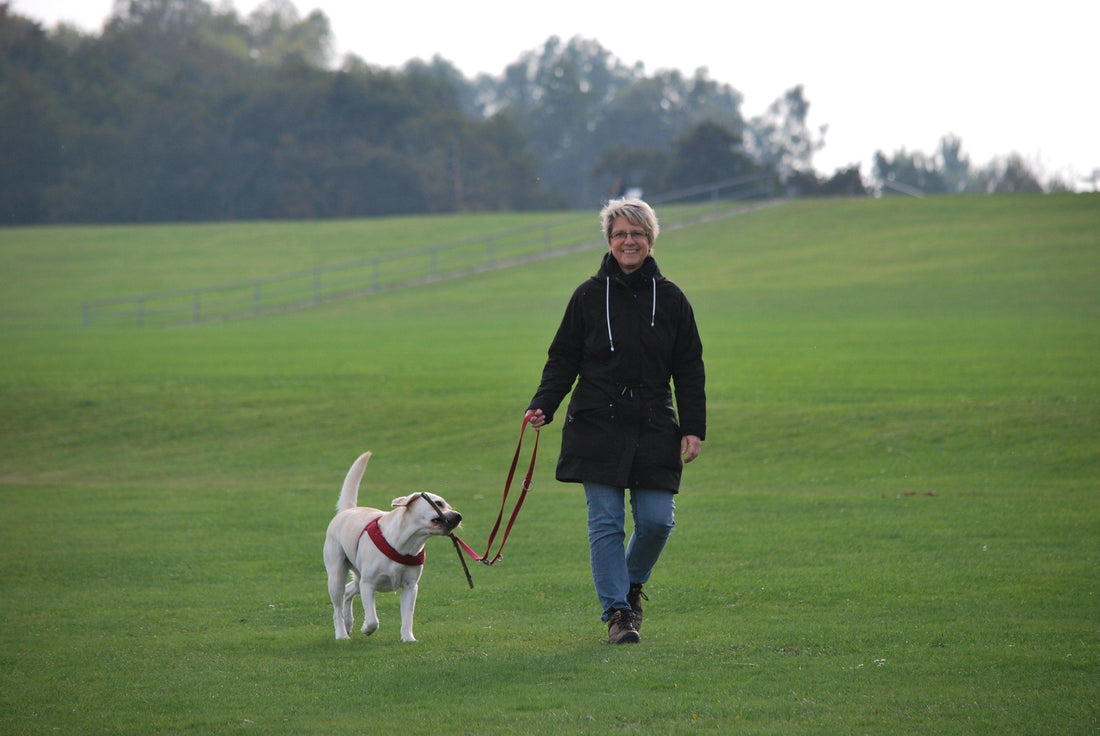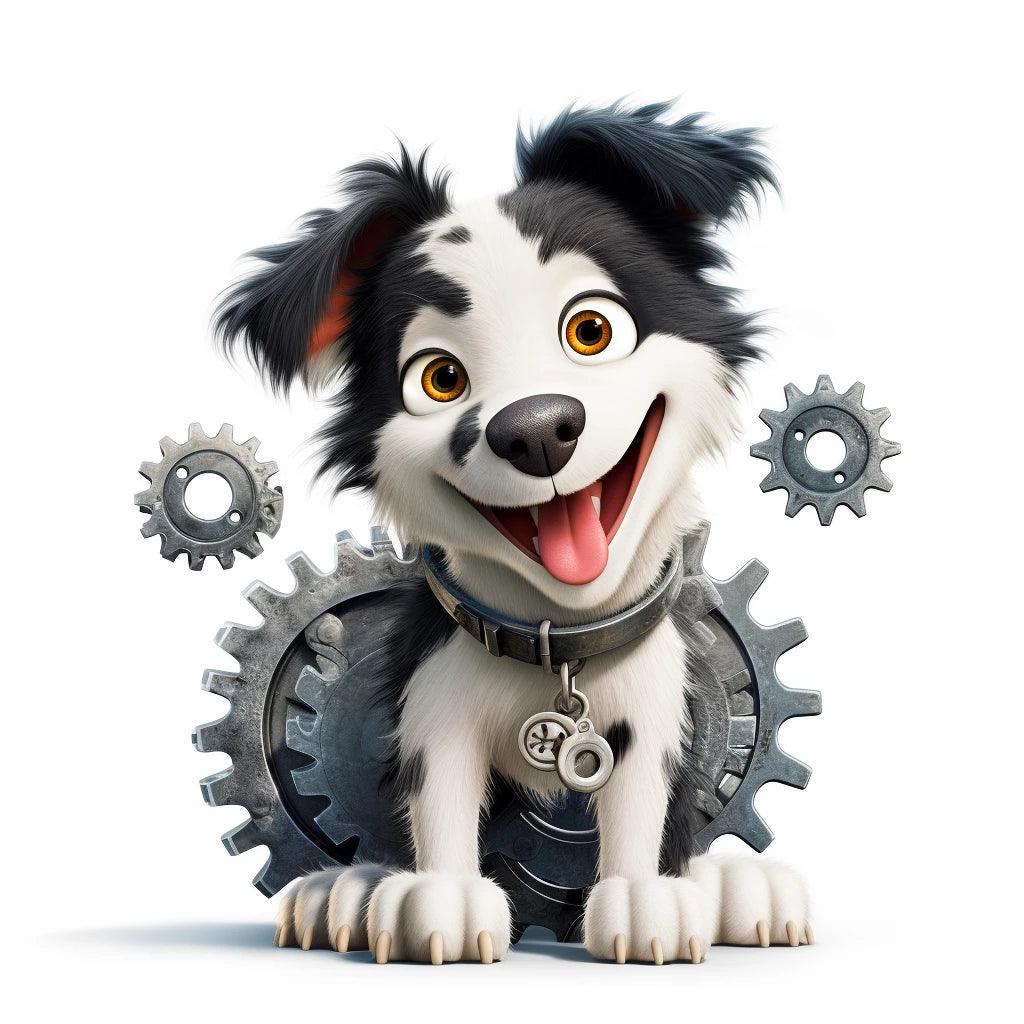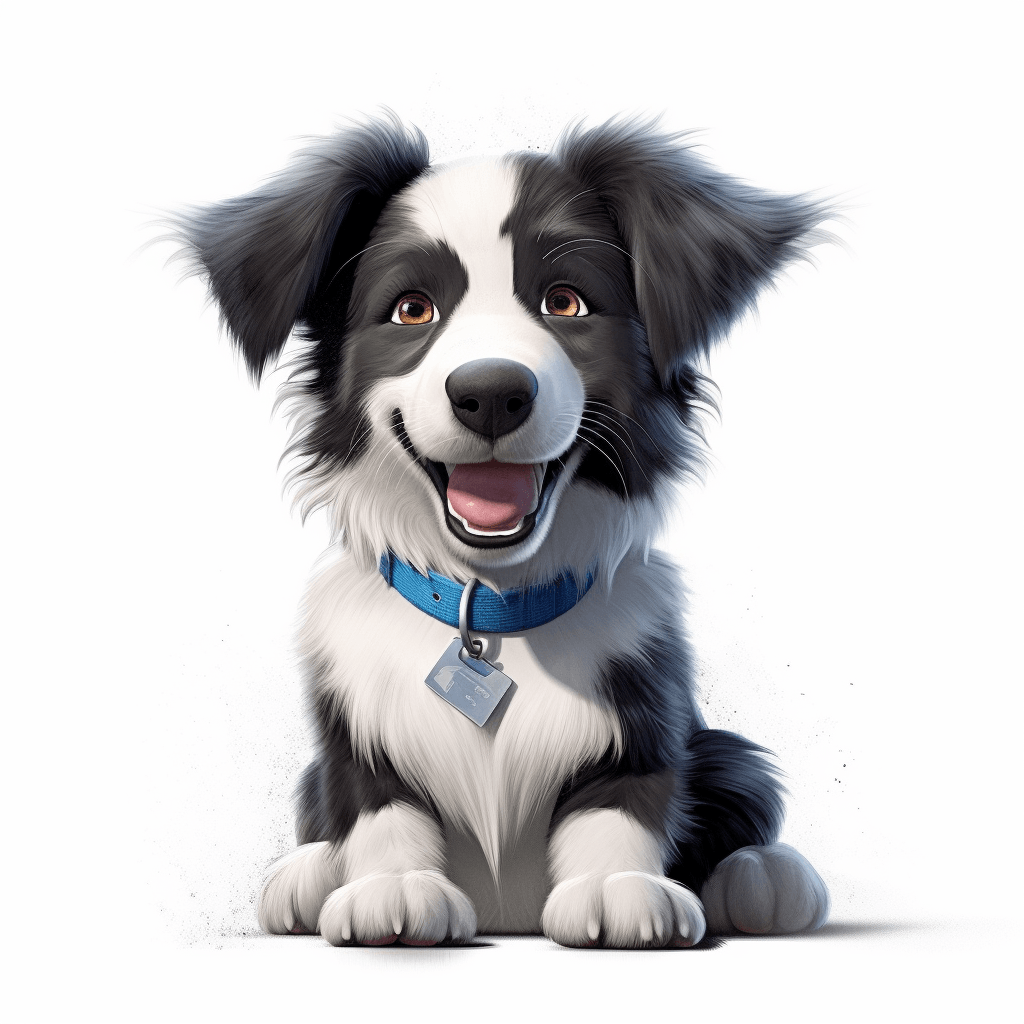
How guide dogs are trained
Share
Guide dogs have been trained to help people with blindness or low vision safely navigate their environment. These dogs are trained to move with their owners, avoid obstacles and dangers, and guide them to their destination. In this article, we will explore the guide dog training process, from dog selection to final training.
Dog selection
The first step in training guide dogs is dog selection. Dogs selected for training must be between 12 and 24 months old and have personality traits such as curiosity, confidence, intelligence and sociability.
Dogs are usually chosen from animal shelters, breeders or individuals. Dogs must pass a full medical examination to ensure they are healthy and suitable for training. Dogs should not be aggressive or afraid of people or new situations.
Socialization and familiarization
Socialization and familiarization are important steps in the training of guide dogs. Dogs need to be exposed to a variety of situations and people to help them develop confidence and sociability. Dogs also need to be familiar with the sounds and smells of the city, public transportation and crowds.
Socialization and familiarization are often done by volunteers and foster families who expose dogs to different situations and people. This stage can last several months.
Basic training
Basic training is the next step in guide dog training. Dogs learn to walk on a leash and obey basic commands, such as “sit,” “down,” and “stay.” Dogs also learn to focus on their task and ignore distractions.
Dogs are trained by professional instructors who use positive reinforcement methods to encourage desired behaviors. Dogs are rewarded for appropriate behaviors, such as walking on a leash without pulling or obeying commands.
Task-specific training
Task-specific training is the most important part of guide dog training. Dogs learn to move safely with their handlers, avoid obstacles and dangers, and provide them with information about their surroundings.
Dogs learn to follow verbal and tactile instructions to navigate different situations. Dogs are trained to stop at intersections, cross streets and go up and down stairs.
Dogs also learn to use their sense of smell to detect dangers, such as cars, bicycles, and head-level obstacles. Dogs are trained to avoid these dangers and to guide their owners around them safely.
The final training
Final training is the last step in the
training of guide dogs for the blind. This step involves training the dog with its future owner. Owners of guide dogs undergo intensive training to learn how to work with their guide dog. This training generally lasts four to six weeks.During final training, guide dog owners learn how to communicate with their dog, use verbal and tactile commands to direct the dog, and anticipate the dog's movements. Owners also learn how to care for their dog, feeding it, brushing it and keeping it healthy.
Guide dog owners also receive training on the laws and regulations that govern the use of guide dogs, as well as the rights and responsibilities of guide dog owners.
Conclusion
Training guide dogs is a complex process that requires patience, perseverance and great expertise. Guide dogs are incredibly talented animals that have been selected and trained to help people with blindness or low vision safely navigate their environment.
Guide dogs have been trained to follow verbal and tactile instructions, detect dangers and obstacles, and provide their owners with information about their surroundings. Owners of guide dogs receive intensive training to learn how to work with their dog and anticipate the dog's movements.
Ultimately, guide dogs are incredible animals that have been trained to provide invaluable support to their blind or visually impaired owners. They are extremely devoted and talented pets who have a profound impact on their owners' lives. Training guide dogs is a process that requires great expertise and patience, but the results are invaluable.






